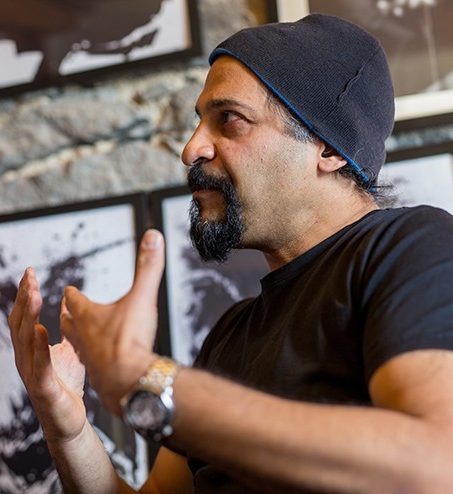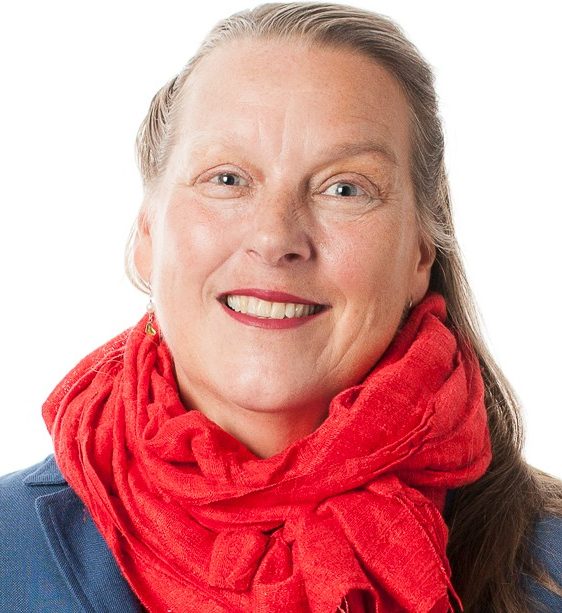RESEARCH
& CREATION
Attracting more than $10 million in funding, research is one of the Department of Art Education’s core strengths. The department is well-known for the diversity of its scholarly research and research-creation projects.

Interdisciplinary research collaborations and partnerships
Our faculty and students connect with a diverse network of artists, scholars, associations, venues, platforms, and teams around Montreal, across Canada and internationally.
Students benefit from hands-on work opportunities and both faculty and students have earned awards, grants, distinctions and international recognition. No other doctoral program in the world has had as many students win the coveted Elliot Eisner Doctoral Research Award (North America’s most prestigious prize in the field of art education) as ours has. Our alumni teach all over the world in prestigious universities, enjoying dynamic positions in their field.
OUR RESEARCH CHAIRS

Vivek Venkatesh
UNESCO co-Chair in Prevention of Radicalisation and Violent Extremism
Vivek is a filmmaker, multimedia artist, and an interdisciplinary applied learning scientist who investigates the psychological, cultural and cognitive factors impacting the design, development and inclusive adoption of digital media in educational and social contexts. He holds the UNESCO co-Chair in Prevention of Radicalisation and Violent Extremism. He is the director of the Centre for the Study of Learning and Performance and Professor of Inclusive Practices in Visual Arts in the Department of Art Education at the Faculty of Fine Arts at Concordia University.

Photo by David Ward
Kathleen Vaughan
Concordia University Research Chair in Socially Engaged Art and Public Pedagogies (Tier 2)
Kathleen Vaughan is an artist, academic and educator with a trans-disciplinary orientation to place. She aims to balance her love for post-industrial sites, urban forests and green spaces with critical engagement, and often uses walking and mapping as method and form. As co-director (with Cynthia Hammond) of Concordia’s Centre for Oral History and Digital Storytelling, Kathleen draws connections between visual and narrative practices. As Concordia University Research Chair in Socially Engaged Art and Public Pedagogies, she explores the impact that the arts can have in times of crisis, and teaches Studio, Photography, and Community Art and Museum Education courses within the Department of Art Education, where she is Professor.
